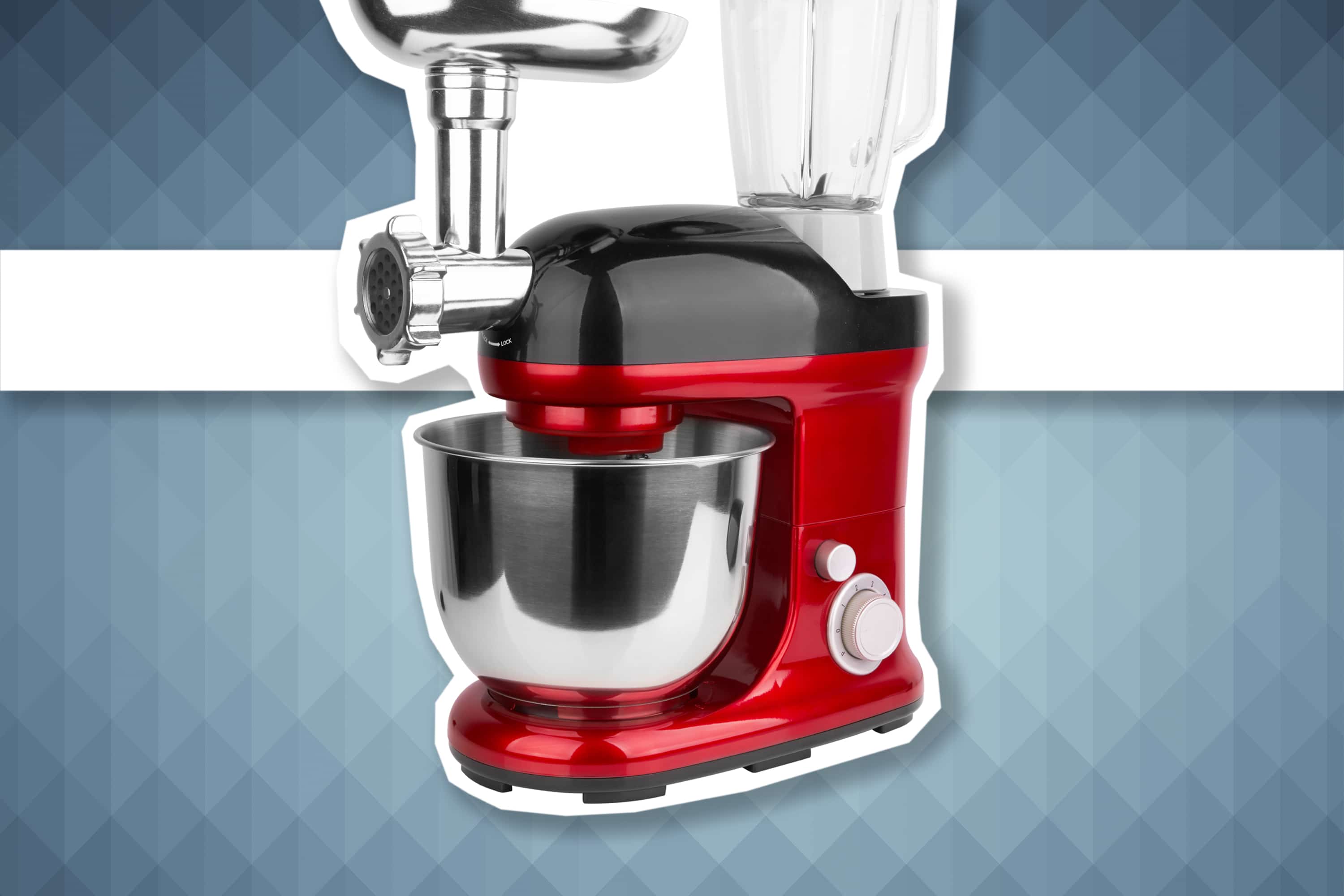This method of concentrating natural products is really a force of nature
I know a thing or two about trends, so I was certainly going to circle back to the topic of how to obtain active ingredients from natural sources for pharmaceutical or cosmetics applications. After already discussing how to purify natural sources, I now zoom into the step of concentrating natural products in the name of finding beneficial compounds. See how to optimize your rotary evaporation conditions for natural products in the blog below.
I was at the hairdresser a few days ago and next to me was sitting a young lady getting her hair dyed. Having nothing better to do, I started to eavesdrop on the conversation between her and her hair stylist. The lady wanted to look like a “natural” brunette, and she asked for dye with more “natural ingredients”. Her hairdresser recommended her an Italian hair-dye brand that offered yogurt-based colours.
Well, all I needed to hear was “natural ingredients” before I realized with a start that this is a topic that I wanted to develop further with you. If you remember, I spent some time discussing how you can purify natural products in a previous blog post , but I never moved on to the downstream steps of the process. So how about I concentrate this blog post on the next step after purification, mainly concentrating natural products?
Firstly, let us consider when we need the step of concentrating natural products in the process of developing active ingredients from natural origins.
The process roughly follows the steps below:
1. Screening of raw materials
2. Extraction of pre-selected raw materials
3. Characterization of biological activity
4. Identification of active molecules
5. Adjustments to extract characteristics
6. Formulation
Screening of raw materials must satisfy strict protocols. The main natural sources of active ingredients are of plant origins, but insects, snails, sponges and many other sources could be used.
To screen the natural source, many extractions must be performed. Extraction techniques such a hot macerations, Soxhlet extraction , pressurized solvent extraction (PSE) and supercritical fluid extractions (supercritical CO2) are used according to specific needs.
The first time when we see the need for concentrating natural products is right after the extraction step. Once the extractions have been performed, the removal of solvent is a crucial, but often ignored step. The most common technique for solvent removal when concentrating natural products is vacuum distillation using a rotary evaporator.
The challenges of using rotary evaporation arise when working with hydroalcoholic mixtures that have extremely high boiling temperatures. High boiling temperatures often require excessive heating of the water bath, which could damage some heat-sensitive compounds. There is also the risk of reflux if the boiling temperature is exceeded or during excessively long drying times.
To optimize your distillation speed whenever you are working on concentrating of natural products, I suggest that you increase the temperature difference between bath and condenser or between the vapours and the condenser. Usually, you cannot alter temperature, so you can instead adjust the speed of the process by lowering the condenser pressure and temperature while keeping the bath temperature constant.
Bear in mind that this optimization can only be achieved if your condenser has a large enough surface area to ensure total condensation of solvent to protect the vacuum pump .
I wanted to try out if indeed a larger surface area on a high-performance condenser would allow more steam to be condensed, giving me a faster distillation speed with optimal distillation parameters. Since I am now retired with no lab access, I called a few colleagues in Flawil and asked them to perform an experiment for me. To make the long story short, they had to dry a hydroalcoholic extract of myrrh on a rotary evaporator equipped with a heating bath, chiller , interface , vacuum pump and anti-foam probe using the following system set-up:
| Standard Condenser | High-performance condenser | |
|---|---|---|
| Surface (cm2) | 1500 | 3000 |
| Bath temperature (°C) | 45 | 45 |
| Chiller temperature (°C) | 5 | 5 |
| Pressure (mbar) | 10 | 10 |
| Rotation (rpm) | 250 | 250 |
| Total volume (mL) | 50 | 50 |
| Evaporation time (min) | 47.58 | 32.28 |
| Evaporation speed (mL/h) | 63 | 93 |
Indeed, my colleagues observed significant time savings when evaporation a volume of 50 mL of myrrh extract when using a high-performance condenser set with optimal temperature conditions for myrrh. If you want to see other applications where a high-performance condenser can do wonders for your application, check out my previous blog post discussing larger condensers .
Therefore, even when evaporating hydroalcoholic mixtures, if you use a high-performance condenser, large bath capacity (5L) and anti-foam probe, you can achieve faster distillation times without altering temperature parameters.
Here, I must also strongly recommend the anti-foam probe. The foam sensor avoids “flush” effects and makes your whole process more practical by preventing material loss, eliminating cleaning and contamination challenges, and enabling unattended operation of the evaporator.

Once you are finished with the step of concentrating of natural products, you should characterize the phytochemical composition of your product. Analytical techniques such as high-performance liquid chromatography (HPLC) , gas chromatography (GC) or thin layer chromatography (TLC) and in-vitro tests, ex vivo or in vivo models, are used for this purpose.
The next step in the process involves the characterization of the active molecules. To achieve this, fractionation (or purification) of the extract is necessary, most commonly using chromatography methods. Once the fractions are separated, their biological activities can be evaluated and the compounds or families of compounds responsible for the activity can be identified.
Following the chromatography process, the step of concentrating natural products is normally required once again. Rotary evaporation is again a suitable method for achieving solvent removal as I just described.
At this point, you can try to optimize your extraction conditions by altering plant matter/solvent mass ratio, the nature of your solvent, the extraction time, the extraction temperature and other process parameters. Once you find your optimal conditions, you can complete your process with the formulation step, which often requires the use of a spray drying system or encapsulation equipment to obtain the final product in its final form.
So now I’ve given you the rundown of the purifying and concentrating natural products. I think I do owe you a bit of a deeper explanation of the final formulation step, but I’d like to keep you on your toes on when I will write a post on this topic. So naturally, I invite you to keep dropping by to see when I decide to wrap up this process so that I can relax next time I hear the words “natural ingredients”.
Till next time,


WANT TO STAY IN TOUCH?
Click on the button and receive the latest posts directly in your messenger!
Related Posts
14th November 2019
Why a bit of moisture in freeze-dried products can be a good thing
Bart discusses the danger of overdrying during the freeze-drying process and how moisture mapping can help achieve optimal moisture content in products →
7th April 2021
Purification of natural compounds can come this naturally to you. Here is how.
Bart gives advice on how to develop a chromatography method for purification of natural products →
24th March 2021
Not just another SOP story: How to program a rotary evaporator method
Bart shows how to divide an SOP into multiple steps and parameters that can be entered into the interface of a rotary evaporator →
30th October 2018
All you need to know about using TLC data for flash method optimization
Convert your TLC results into optimized separations and learn about how certain software can convert TLC data into better purifications →






